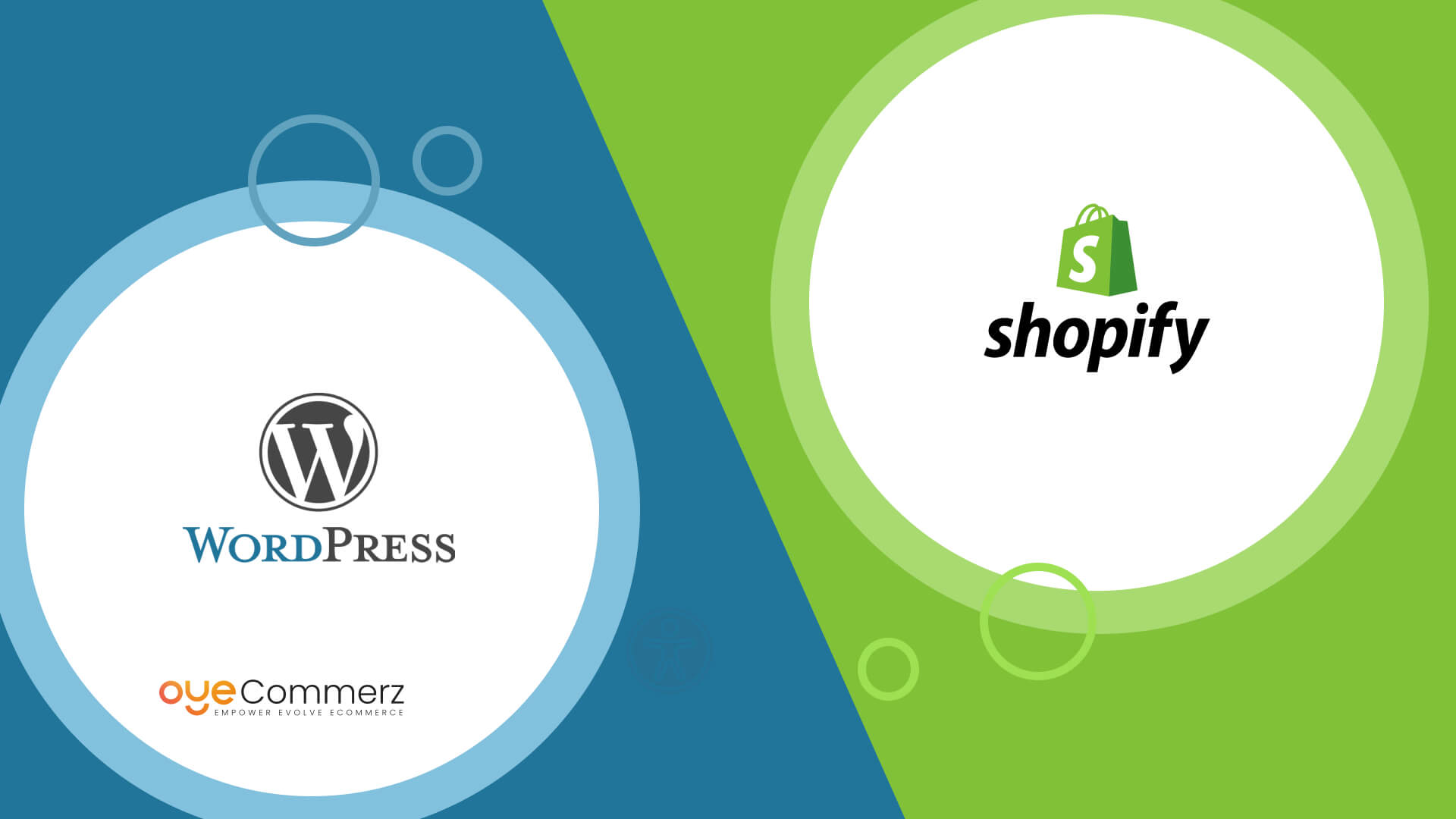Scaling an e-commerce store requires adaptability, growth, and delivering outstanding customer satisfaction.
Migrating from WordPress to Shopify is often driven by the need for improved performance, enhanced capabilities, and a robust foundation for growth.
Follow this comprehensive roadmap to master the key strategies, insights, and steps for a smooth transition to Shopify.
Reasons to Transition from WordPress to Shopify
WordPress is a flexible platform, but its dependency on plugins can complicate e-commerce scalability.
Shopify is designed specifically for online retail, offering powerful tools, security, and scalability to fit businesses of any size.
As of 2024, Shopify powers over 4.5 million online stores worldwide, solidifying its position as a leader in e-commerce.
Switching to Shopify can unlock benefits in payment integrations, mobile optimization, and order management.
Let’s dive into the key steps to migrate seamlessly.
Step 1: Assess Your E-Commerce Needs
Begin with a detailed assessment of your store’s strengths, weaknesses, and goals.
Pinpoint challenges such as reliance on plugins or suboptimal page speed that restrict growth.
For example, Shopify offers integrated features like Shopify Payments and customizable themes, reducing third-party tool dependency.
Step 2: Create a Migration Plan
An unorganized migration process may cause disruptions, data mishandling, or extended delays.
To minimize risks, prioritize critical components such as customer records, product catalogs, and transaction data.
Utilize Shopify’s migration features and compatible apps to ensure safe data transfer and minimal disruption.
Step 3: Customize Your Shopify Store
Shopify’s flexible themes allow you to reflect your brand identity seamlessly.
Browse the Shopify Theme Store for templates or modify them to enhance user experience.
Themes such as “Impulse” or “Prestige” deliver visually stunning layouts and powerful features.
If you’re an enterprise business, Shopify Plus customization takes your branding to the next level.
Oyecommerz provides expert Shopify Plus customization services to elevate enterprise branding.
Step 4: Safeguard Your Search Engine Optimization
A successful migration includes retaining your existing SEO structure to avoid losing search engine rankings.
With Shopify, you can redirect outdated URLs and retain search visibility.
Customize meta tags and integrate Google Analytics to track performance post-migration.
Failure to handle SEO settings correctly can cause a temporary loss of web traffic.
Step 5: Integrate Essential Shopify Apps
Shopify’s extensive app ecosystem offers tools to enhance store functionality and optimize performance.
Enhance customer retention with tools like Klaviyo and Yotpo designed for email and review management.
Oyecommerz offers Shopify API services to integrate advanced tools and streamline processes.
Oyecommerz specializes in creating tailored integrations to meet your business's unique operational needs.
Step 6: Focus on Mobile Optimization
Mobile shopping How to ensure a successful migration from WordPress now represents over half of online purchases, emphasizing the need for mobile-friendly design.
Shopify’s responsive themes ensure your store looks great and functions smoothly on mobile.
Simplify the checkout process for mobile users with Shopify’s secure payment tools like Shop Pay.
Enhance mobile user satisfaction by ensuring fast, intuitive browsing and purchasing.
Step 7: Train Your Team
While Shopify’s interface is user-friendly, training your team ensures a smoother transition.
Teach staff how to manage products, track orders, and utilize reporting tools for insights.
Well-trained staff can make the most of Shopify’s features, improving overall store efficiency.
Step 8: Test Your Store Before Launch
Before going live, perform comprehensive testing to identify and fix any issues.
Verify that product information, inventory, and navigation links are error-free.
Validate payment gateway functionality and test the checkout process on multiple devices.
Testing ensures your store is customer-ready, leaving no room for errors on launch day.
Step 9: Announce Your New Store Boldly
Turn your platform switch into a marketing event to attract attention and retain customers.
Use email campaigns and social media to inform customers about the benefits of the new platform.
Highlight benefits such as better performance and enhanced security to boost customer confidence.
Conclusion: Shopify – The Key to E-Commerce Growth
Transitioning to Shopify represents an opportunity to reimagine your e-commerce strategy.
From scalability to intuitive tools, Shopify equips your store to thrive in competitive Shopify migration markets.
For businesses of any size, Shopify offers unparalleled support for achieving e-commerce goals.
Oyecommerz, a certified Shopify Plus partner, guarantees a seamless and effective transition.
Let Oyecommerz assist you in leveraging Shopify to enhance customer satisfaction and drive sales.
Take the next step in transforming your store—contact us to start your Shopify migration today.
